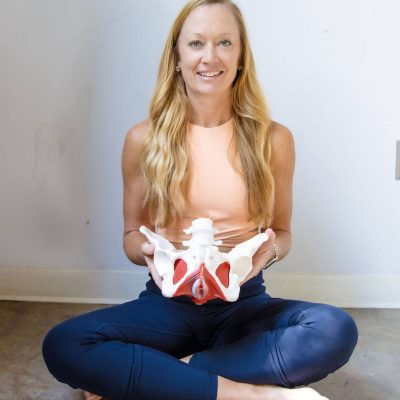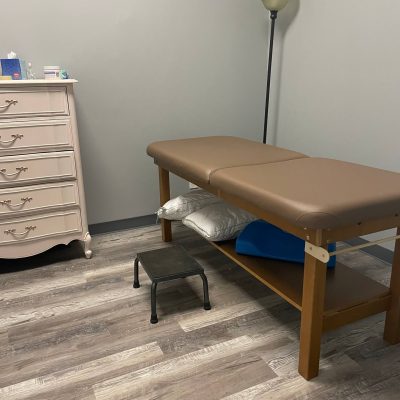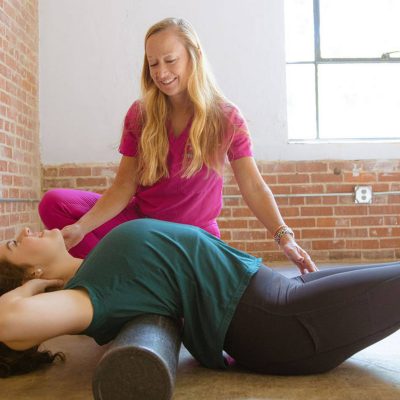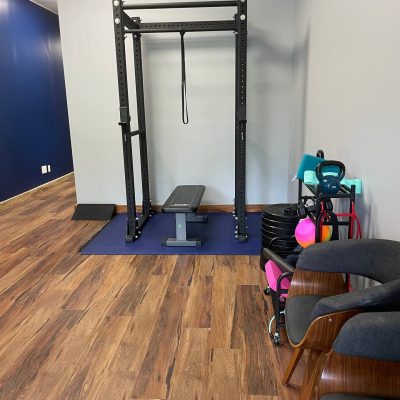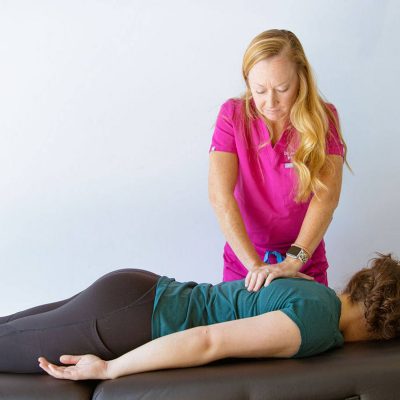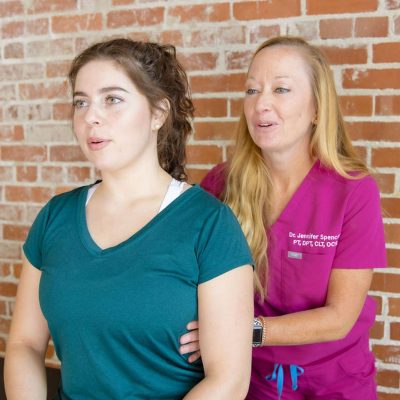The first 24 hours after a cesarean section (C-section) are a critical time for recovery, especially from a pelvic health perspective. While the surgery primarily involves the abdominal region, the pelvic floor, core muscles, and overall body function can be impacted. As a pelvic health therapist, I focus on helping women recover in a way that supports both short- and long-term pelvic health. It may not be exactly how you envisioned your birth experience, and can feel overwhelming for new mothers. Here’s what you should know about the first day post-C-section to optimize healing and protect your pelvic floor.
Understanding the Pelvic Health Impact of a C-Section
Even though a C-section bypasses the birth canal, it still affects the pelvic floor. During pregnancy, the pelvic floor has been under strain for months, supporting the weight of the baby, placenta, and amniotic fluid. The sudden removal of this weight, along with the abdominal trauma from surgery, can leave the body feeling unbalanced.
A cesarean section also involves cutting through multiple layers of abdominal muscles, fascia, and skin, which can impact core stability and pelvic floor function. Proper early movement, breathing techniques, and gentle awareness of your body on day one can significantly improve long-term outcomes, reducing the risk of pelvic organ prolapse, incontinence, and abdominal separation (diastasis recti).
Gentle Movement for Better Healing
The day after your C-section, you’ll likely still feel weak, but incorporating gentle, mindful movement is key to jumpstarting your recovery. Though resting is crucial, staying entirely immobile can increase the risk of complications like blood clots or stiffness in the muscles and joints.
- Pelvic Tilts in Bed: While lying on your back or reclined, with your knees bent, gently rock your pelvis forward and backward. This encourages mobility in your lower back and pelvis, aiding circulation and reducing tension. Here is a short video example: https://youtube.com/shorts/9GkYdGh89Q0?si=5FAHcbT4Fu_G1WX4
- Ankle Pumps and Gentle Leg Movements: While still in bed, move your ankles in circles or point and flex your feet, gently bend and straighten the knees. This helps with circulation and prevents blood clots, especially when combined with gentle leg movements.
- Take Short Walks: While bed rest is important, getting up and moving a little can help prevent complications like blood clots. Depending on your doctor’s advice, you may be encouraged to take very short, assisted walks around the hospital room. These tiny movements can also help stimulate bowel function, which can slow down after surgery.
Pelvic Floor Awareness
Even though the incision is in your abdomen, the pelvic floor still needs gentle care on day one. Postpartum swelling, the effects of anesthesia, and the sudden shift in internal pressure can lead to weakness or discomfort in the pelvic area.
Begin by mentally reconnecting with your pelvic floor. You don’t need to perform intense Kegels, but gently engage and release the muscles as you breathe deeply. This increases blood flow to the area, supporting healing.
Breathing and Core Connection
Your core and pelvic floor are intricately linked. One of the most essential tools for recovery is proper breathing. After surgery, your instinct might be to hold tension in your body, especially around the incision area. However, deep diaphragmatic breathing helps reduce intra-abdominal pressure and promotes circulation, which aids in healing.
On day one, place a hand on your belly and breathe deeply, feeling your stomach rise and fall. With each inhale, let your belly gently expand, and with each exhale, lightly draw in your lower abdomen and pelvic floor. This helps you regain connection with your deep core muscles without putting stress on the incision.
- Deep Diaphragmatic Breathing: This not only helps calm your nervous system but also encourages gentle engagement of your core and pelvic floor muscles, helping to restore normal function. Here is a short video example (this can be performed in the bed, while lying on your back or reclined, with your knees bent): https://www.youtube.com/shorts/n5MezZ_wRfA
The Importance of Posture
Maintaining good posture while lying in bed or sitting is crucial. The tendency is to hunch over to protect your incision, but this can lead to increased tension in your neck, back, and pelvic floor. Try to sit with a neutral spine, using pillows for support behind and on the sides of your body, and avoid slumping.
When moving from lying to sitting, roll onto your side and use your arms to help push yourself up rather than engaging your abdominal muscles too soon.
- Use a Pillow for Support: Holding a pillow against your incision when you need to cough, laugh, or move can help alleviate some of the pressure and protect the incision site. This is especially helpful when transitioning from lying down to sitting up.
Avoiding Strain
The first day post-C-section is not the time to be lifting or moving anything heavy. Excessive strain can disrupt your incision and put unnecessary pressure on your pelvic floor and core. Even lifting your baby should be done carefully, with good body mechanics. Use pillows for support and avoid sudden movements.
- Don’t Lift Heavy Objects: Avoid lifting anything heavier than your baby in the first 24 hours and during your healing period. Lifting heavy objects can strain your incision and delay healing. Rely on your support system to handle any heavy lifting, including carrying the baby’s car seat or pushing heavy doors.
- Don’t Try to Do Too Much Too Soon: You might feel eager to get back to your normal routine, but pushing yourself too early can lead to complications such as wound infections or excessive bleeding. Take it easy—your body needs time to heal from major surgery.
- Exhale With Exertion: Exhale with Exertion: Every time you roll, sit up, stand, lift your baby, or move in any way, focus on exhaling. This reduces pressure on your c-section scar and the pelvic floor. Make this a habit! Here’s a video example: https://youtu.be/4az0xCpKA8I?si=MazpEb-QSh_WL7_P
Emotional Health and Bonding
The first day after a C-section can be emotionally overwhelming. Some women feel disappointed that they didn’t have a vaginal birth, while others may struggle with the physical limitations of recovery. Remember, there’s no “right” way to give birth, and it’s important to be kind to yourself.
Take the time to bond with your baby, and if you’re feeling overwhelmed, don’t hesitate to talk to a healthcare provider or counselor. It’s completely normal to have a range of emotions during this time.
Final Thoughts
As a pelvic health therapist, my advice for day one post-C-section is to focus on rest, gentle movement, and awareness of your core and pelvic floor. These early steps set the foundation for a smooth recovery, helping to prevent future pelvic health issues. Patience is key—take it slow and give your body the time it needs to heal properly. With the right care and support, you’ll gradually regain strength and settle into motherhood. Once you feel ready, find a Pelvic Floor Therapist to help you further heal and feel your best!

